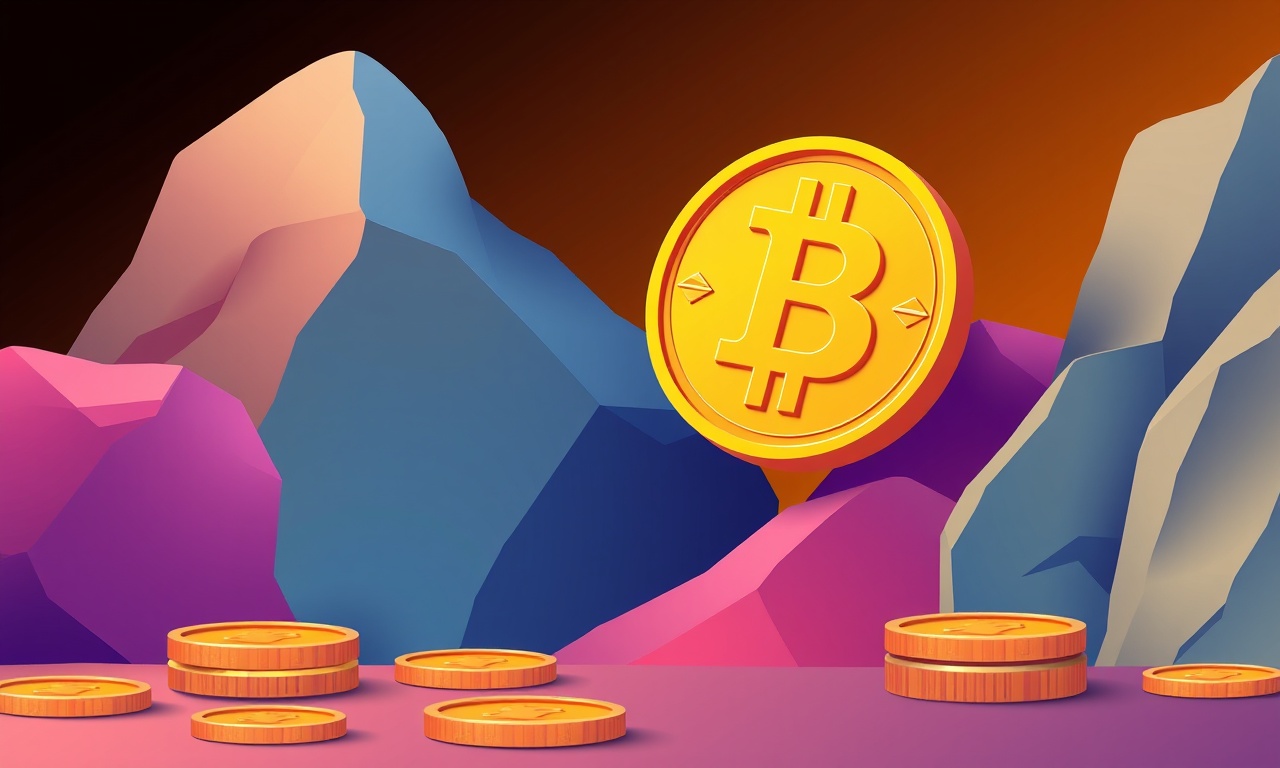DeFi Fundamentals Token Standards and Asset Primitives

Token standards are the foundation of the DeFi universe.
At the heart of that ecosystem are the token standards that define how assets are encoded on the blockchain.
They provide the syntax and semantics that let wallets, protocols, and users interact with assets in a reliable way.
ERC‑20 fuels liquidity pools and governance; ERC‑721 gives uniqueness to digital art; ERC‑1155 offers a versatile hybrid that reduces costs.
Ethereum’s most widely used standards are ERC‑20, ERC‑721, and ERC‑1155.
These standards also enable advanced concepts such as fractional ownership of otherwise indivisible digital assets.
In this article we explore the core token standards, the nature of asset primitives, and the mechanics of NFT fractionalization.
Token standards are protocol‑level specifications that describe the functions and events a smart contract must expose.
The technical workflow of NFT fractionalization generally follows these steps:
- Create – A smart‑contract‑wrapped version of the original NFT is minted, representing fractional ownership.
- Stake – Fractionalized tokens can be used as collateral on DeFi platforms.
- Trade – Shares are transferred or traded on liquidity pools.
- Redeem – Owners may redeem their share for a portion of the underlying asset.
Fractionalization is not limited to art; it extends to any asset that can be represented as an NFT.
Platforms such as NFTX, Opensea, and others differ in their governance models, fee structures, and the degree of decentralization.
Choosing the right one depends on the desired level of control, transparency, and community engagement.
Despite its advantages, fractionalization introduces several risks, including smart‑contract security, regulatory uncertainty, market liquidity, ownership governance, and operational costs.
Addressing these risks requires robust audits, clear legal frameworks, and community governance mechanisms.
The next wave of innovation in NFT fractionalization is likely to focus on interoperable standards, cross‑chain solutions, composability with DeFi, governance layers, and tokenized real‑world assets.
These developments will deepen the integration between the DeFi ecosystem and the broader world of digital ownership.
Fractionalization transforms rare, illiquid digital assets into tradable shares, democratizing ownership and enabling new financial flows as explored in Asset Types and NFT Fractionalization Explained.
While it brings fresh opportunities, it also introduces security, regulatory, and liquidity challenges that the community must address.
The trajectory of DeFi will continue to be shaped by the evolution of token standards and the creative use of asset primitives.
As protocols grow more composable and governance structures become more sophisticated, fractionalized NFTs will play an increasingly central role in the decentralized economy, as detailed in From NFTs to Fractions: A DeFi Library Overview.
.png)
Emma Varela
Emma is a financial engineer and blockchain researcher specializing in decentralized market models. With years of experience in DeFi protocol design, she writes about token economics, governance systems, and the evolving dynamics of on-chain liquidity.
Random Posts

From Math to Market Modeling DeFi Slippage and DEX Performance on Chain
Learn how to turn live blockchain data into math models that predict slippage, manage risk, and boost DEX performance, essential for traders, LPs, and protocol builders.
5 months ago

Beyond Layer One Optimism And Arbitrum And The Secrets Of Layer Two DeFi
Optimism and Arbitrum lift DeFi by slashing fees and boosting speed, while keeping security. The post dives into their hidden mechanics and shows modular blockchains assembled like Lego bricks.
1 month ago

Building a DeFi Library: Core Principles and Advanced Protocol Vocabulary
Discover how decentralization, liquidity pools, and new vocab like flash loans shape DeFi, and see how parametric insurance turns risk into a practical tool.
3 months ago

Building a Robust DeFi Financial Model for Borrowing and Liquidation
Learn how to build a clean, spreadsheet, free DeFi borrowing model that tracks interest, collateral shifts, and liquidation triggers. Safely unlock crypto value.
1 week ago

The Algebra of DeFi Borrowing From Simple Interest to Complex Yield
Discover how DeFi borrowing blends simple interest formulas with dynamic yield curves, revealing the algebra that powers riskfree rates and empowers users to navigate decentralized finance.
4 months ago
Latest Posts

Foundations Of DeFi Core Primitives And Governance Models
Smart contracts are DeFi’s nervous system: deterministic, immutable, transparent. Governance models let protocols evolve autonomously without central authority.
2 days ago

Deep Dive Into L2 Scaling For DeFi And The Cost Of ZK Rollup Proof Generation
Learn how Layer-2, especially ZK rollups, boosts DeFi with faster, cheaper transactions and uncovering the real cost of generating zk proofs.
2 days ago

Modeling Interest Rates in Decentralized Finance
Discover how DeFi protocols set dynamic interest rates using supply-demand curves, optimize yields, and shield against liquidations, essential insights for developers and liquidity providers.
3 days ago
